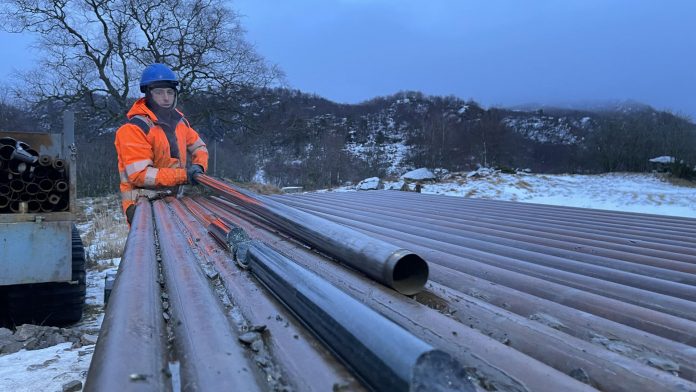
According to a Norwegian mining company, a phosphate rock deposit discovered last month might provide the world’s need for solar panels and batteries for the next 100 years. According to Norge Mining, the resource is worth at least 70 billion tonnes, according to the news outlet Independent. This is quite close to the confirmed global phosphate reserves, which are anticipated to reach 71 billion tonnes according to a US Geological Survey study released in 2022.
Phosphate rock has large amounts of phosphorus, which is essential for the development of green technology. Countries that use it, on the other hand, suffer substantial supply concerns. According to the mining business, the deposit was discovered in south-western Norway, near reserves of other key minerals such as titanium and vanadium are present, the Independent report said.
The majority of mined phosphate rock is used to produce phosphorous for the fertilizer industry, but it is also utilized in the creation of solar panels, lithium batteries, semiconductors, and computer chips due to the mineral’s better energy density, improved safety, and longer life duration. Hennig Brandt, a German scientist, found phosphorus for the first time in 1669. Russia has previously controlled the world’s greatest phosphate rock reserves, but this latest find may tip the scales in Europe’s favor.
The European Union (EU) recognizes the strategic importance of phosphorous products, yet it is virtually totally reliant on mineral imports from other regions of the world. Large phosphorus deposits can also be found in China, Iraq, and Syria. The European Commission’s spokeswoman described the discovery as “great news” for meeting the objectives of the Commission’s raw material objectives.





